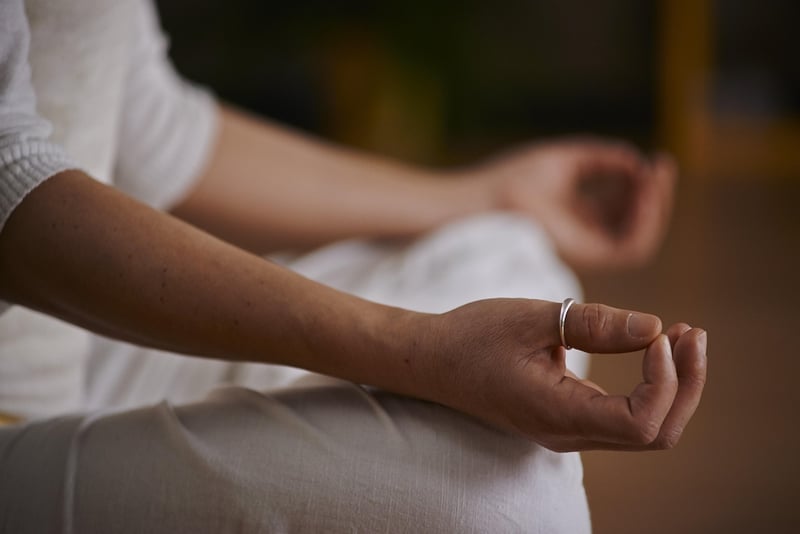Pranayama Practices
Enhance Well-being through Breath + Pranayama Practices
Pranayama, the ancient yogic practice of breath control, offers a powerful tool for enhancing overall well-being. By learning to regulate your breath, you can positively influence your physical, mental, and emotional health. Let's explore how incorporating pranayama practices into your daily routine can help you achieve a greater sense of balance and vitality.
The Benefits of Pranayama:
- Increases oxygen supply to the body, promoting better circulation and improved energy levels.
- Calms the mind, reduces stress, and enhances mental clarity and focus.
- Regulates the autonomic nervous system, promoting relaxation and a sense of well-being.
- Strengthens the respiratory system and improves lung function.
- Balances emotions and promotes emotional stability.
Simple Pranayama Practices to Try:
- Deep Belly Breathing (Diaphragmatic Breathing): Place one hand on your chest and the other on your abdomen. Inhale deeply through your nose, allowing your abdomen to rise as you fill your lungs with air. Exhale slowly through your mouth, feeling your abdomen fall. Repeat for several breaths.
- Alternate Nostril Breathing (Nadi Shodhana): Sit comfortably with your spine straight. Use your right thumb to close your right nostril and inhale through your left nostril. Close the left nostril with your ring finger, open the right nostril, and exhale. Inhale through the right nostril, close it, open the left nostril, and exhale. Repeat for several cycles.
- Box Breathing (Sama Vritti): Inhale for a count of four, hold your breath for a count of four, exhale for a count of four, and hold your breath for a count of four. Repeat this square breathing pattern for several rounds.
Guidelines for Practicing Pranayama:
- Start with a few minutes of practice and gradually increase the duration as you become more comfortable.
- Practice pranayama on an empty stomach for optimal results.
- Find a quiet and peaceful space where you can focus on your breath without distractions.
- Listen to your body and adjust the practice to suit your comfort level. If you feel dizzy or lightheaded, stop and resume normal breathing.
By incorporating pranayama practices into your daily routine, you can experience a profound shift in your well-being. Take the time to explore different techniques and find what works best for you. Remember, the breath is a powerful tool that can help you cultivate a greater sense of peace, balance, and vitality in your life.

For more information on pranayama and yoga practices, visit Yoga Journal.
